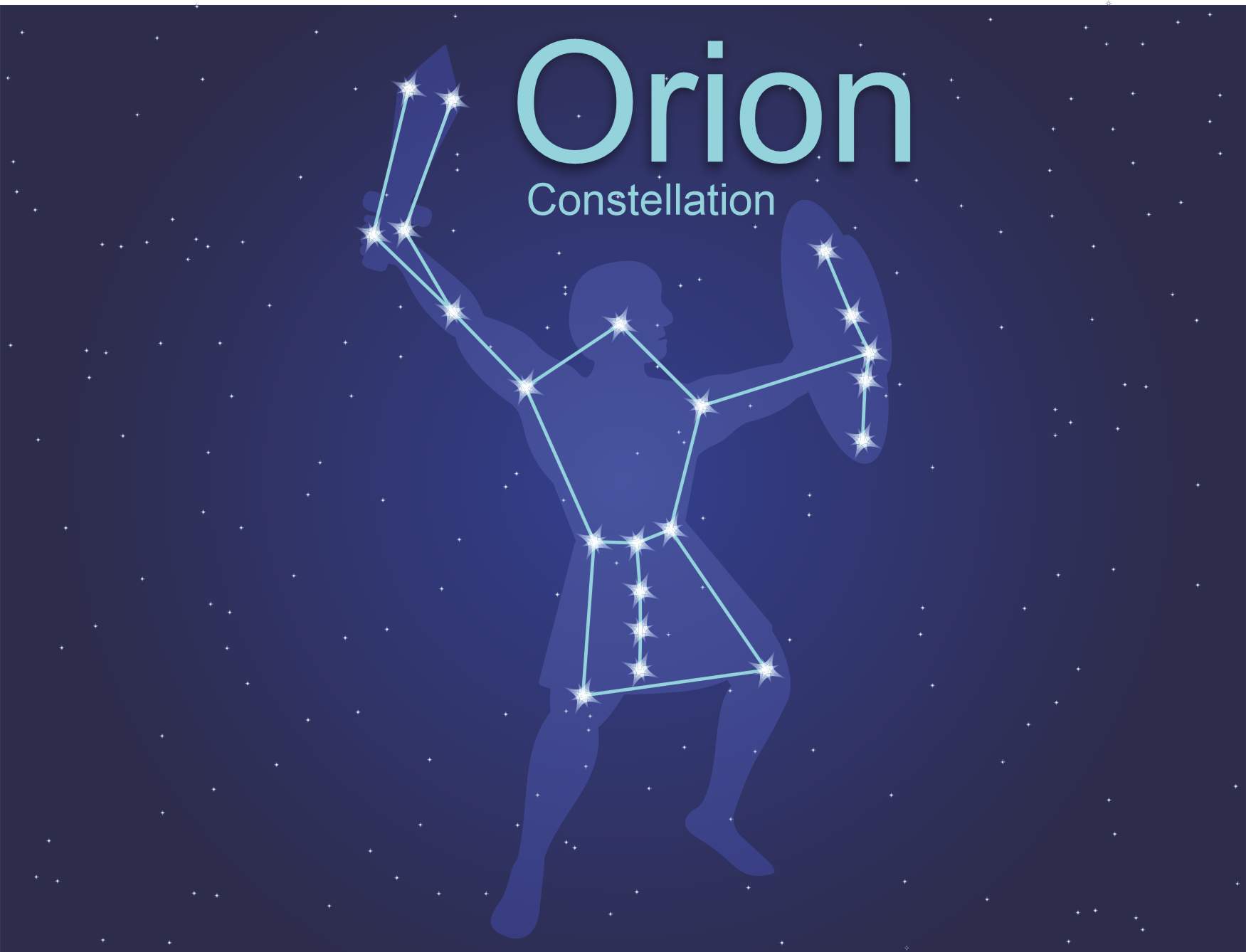When the ancients looked at the stars, they imagined lines in between them that outlined mythological characters. For example, a group of stars appeared to form the outline of the mythic hunter Orion:

When neuroscientists looked at fMRI blobs in brain scans, and ran temporal activation correlations between them, they imagined functional connections. Functional connections are not actual connections, but near-simultaneous activations in response to a stimulus.
The discrete constellations of functional connections are called functional networks. Functional networks are clusters of functional connections that seem to work together.
One may infer here that the metaphysical concreteness of functional connectivity is a bit soft. Indeed, the choice of processing algorithm one chooses usually affects the functional connectivity result. So we have to keep in mind that the "functional" concepts we are using are somewhat fuzzy.

Default Mode Network (DMN)
The default mode network (DMN) was discovered when researchers looked at the brain scans of test subjects in between tests. These brain areas are active when we are idle, thinking about what we want to do this afternoon, or other internally-focused thoughts.
In includes either three or four regions, depend on who is counting. The medial frontal cortex, the medial parietal cortex, and the inferior parietal lobe. The language areas of the lateral temporal cortex are often included too. The inferior parietal lobe component appears to mostly be involved in expressing ourselves to other people. How "I" is partitioned between the medial frontal and parietal cortices is not clear.
One of the roles of the DMN is thinking about "who" and "when".
Dorsal Attention Network (DAN)
The dorsal attention network (DAN) is thought to correspond to "where".
Ventral Attention Network (VAN)
The ventral attention network (VAN) is thought to correspond to "what".
Salience Network (SN)
The salience network (SN) is thought to correspond to "why".
Frontoparietal Network
The frontoparietal network (FPN) is thought to correspond to "how".



